Moonset Kingdom
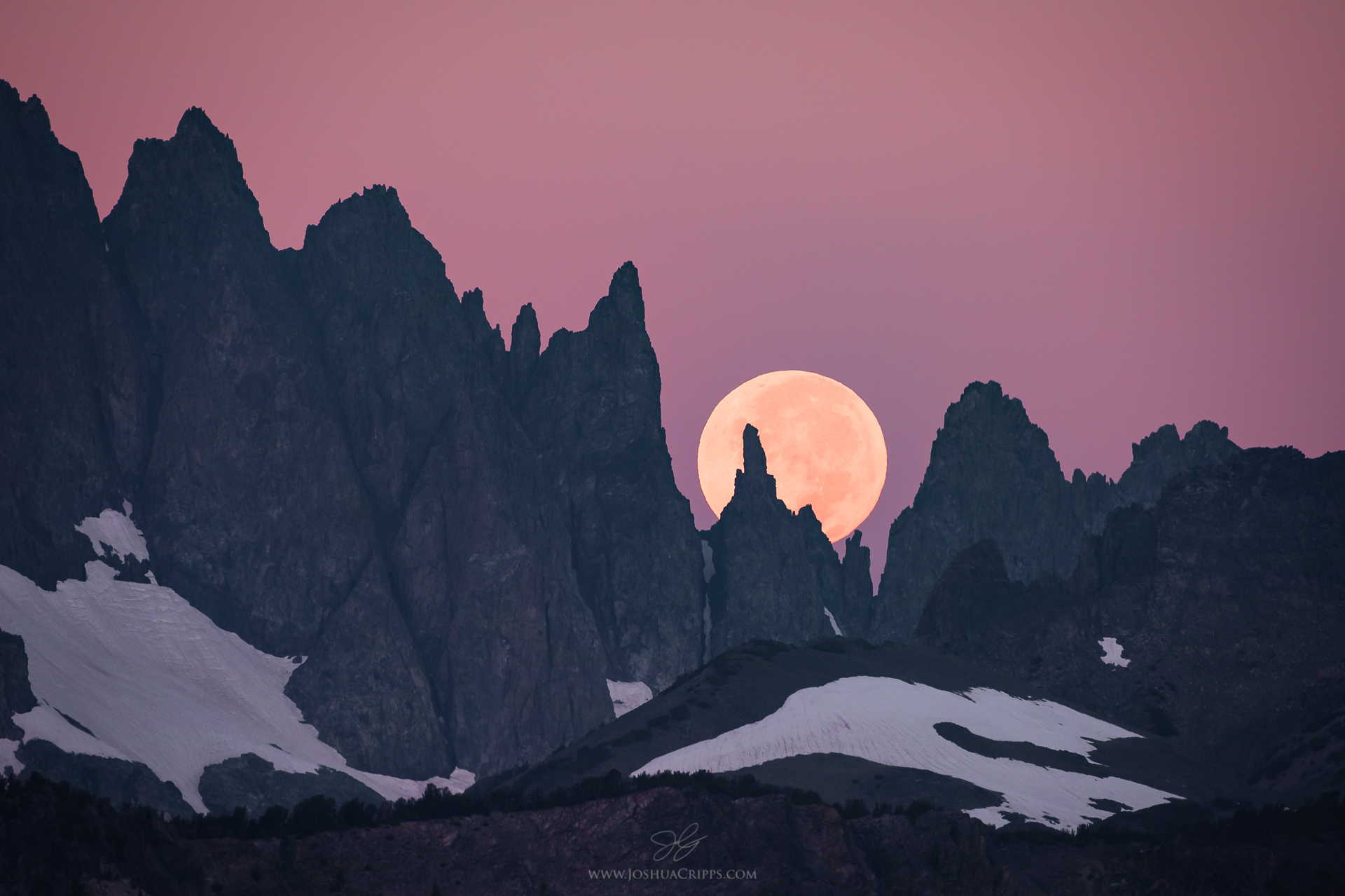
Read The Story Buy A Print The Story Behind This Photograph: Taken on a ridge overlooking the Minarets near Mammoth Lakes, California, on September 6th, 2017. Buy A Print Of This Photo Comments On This Photo

Read The Story Buy A Print The Story Behind This Photograph: Taken on a ridge overlooking the Minarets near Mammoth Lakes, California, on September 6th, 2017. Buy A Print Of This Photo Comments On This Photo
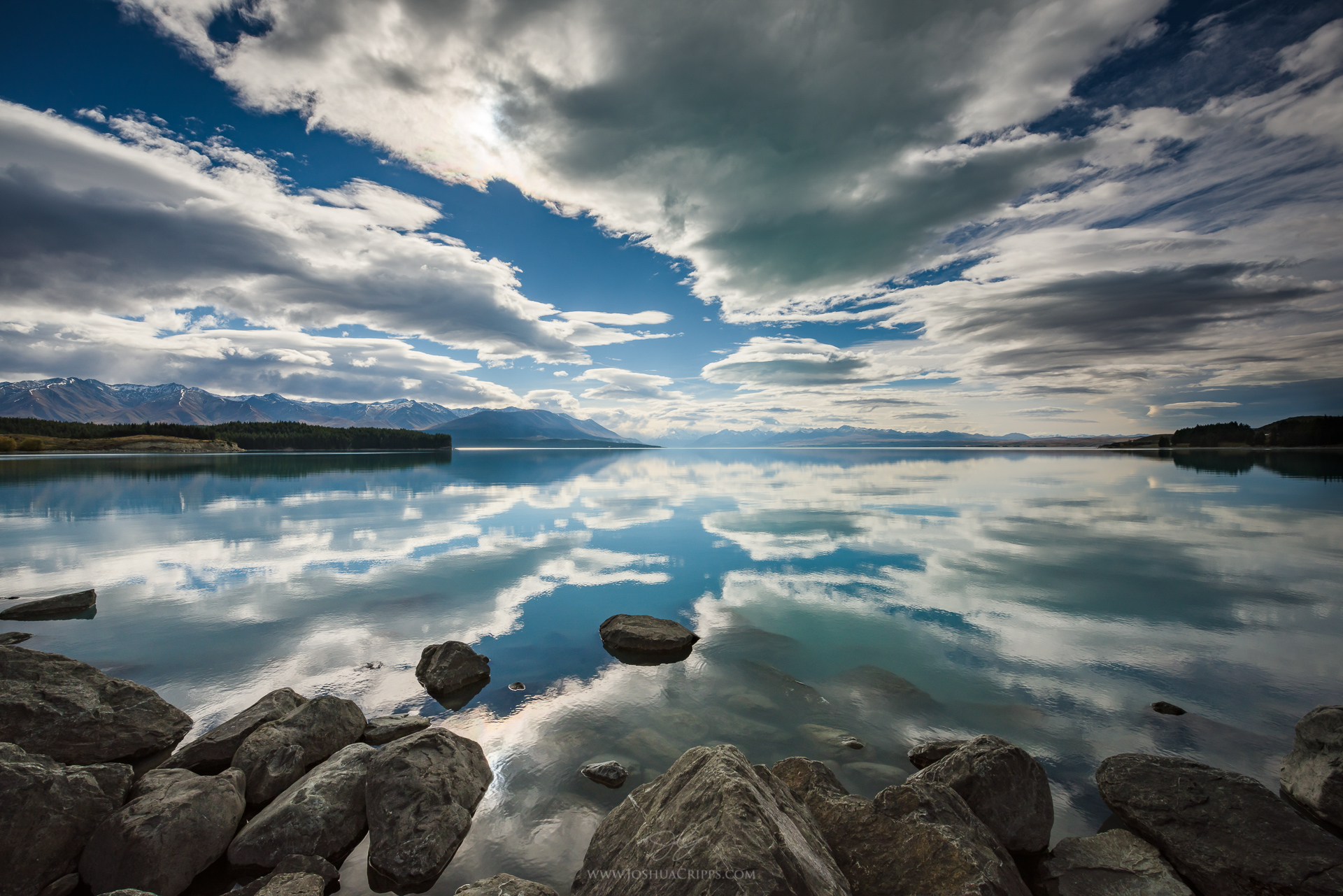
[av_heading heading=’Mesmer’ tag=’h3′ link_apply=” link=’manually,http://’ link_target=” style=’blockquote classic-quote’ size=” subheading_active=” subheading_size=’15’ margin=” margin_sync=’true’ padding=’10’ color=” custom_font=” av-medium-font-size-title=” av-small-font-size-title=” av-mini-font-size-title=” av-medium-font-size=” av-small-font-size=” av-mini-font-size=” av_uid=’av-jot5seit’ admin_preview_bg=”][/av_heading] [av_textblock size=” font_color=” color=” av-medium-font-size=” av-small-font-size=” av-mini-font-size=” av_uid=’av-jot4dg05′ admin_preview_bg=”] [/av_textblock] [av_two_third first min_height=” vertical_alignment=” space=” custom_margin=” margin=’0px’ padding=’0px’ border=” border_color=” radius=’0px’ background_color=” src=” background_position=’top left’ background_repeat=’no-repeat’ animation=” mobile_display=”] [av_heading heading=’Behind the […]
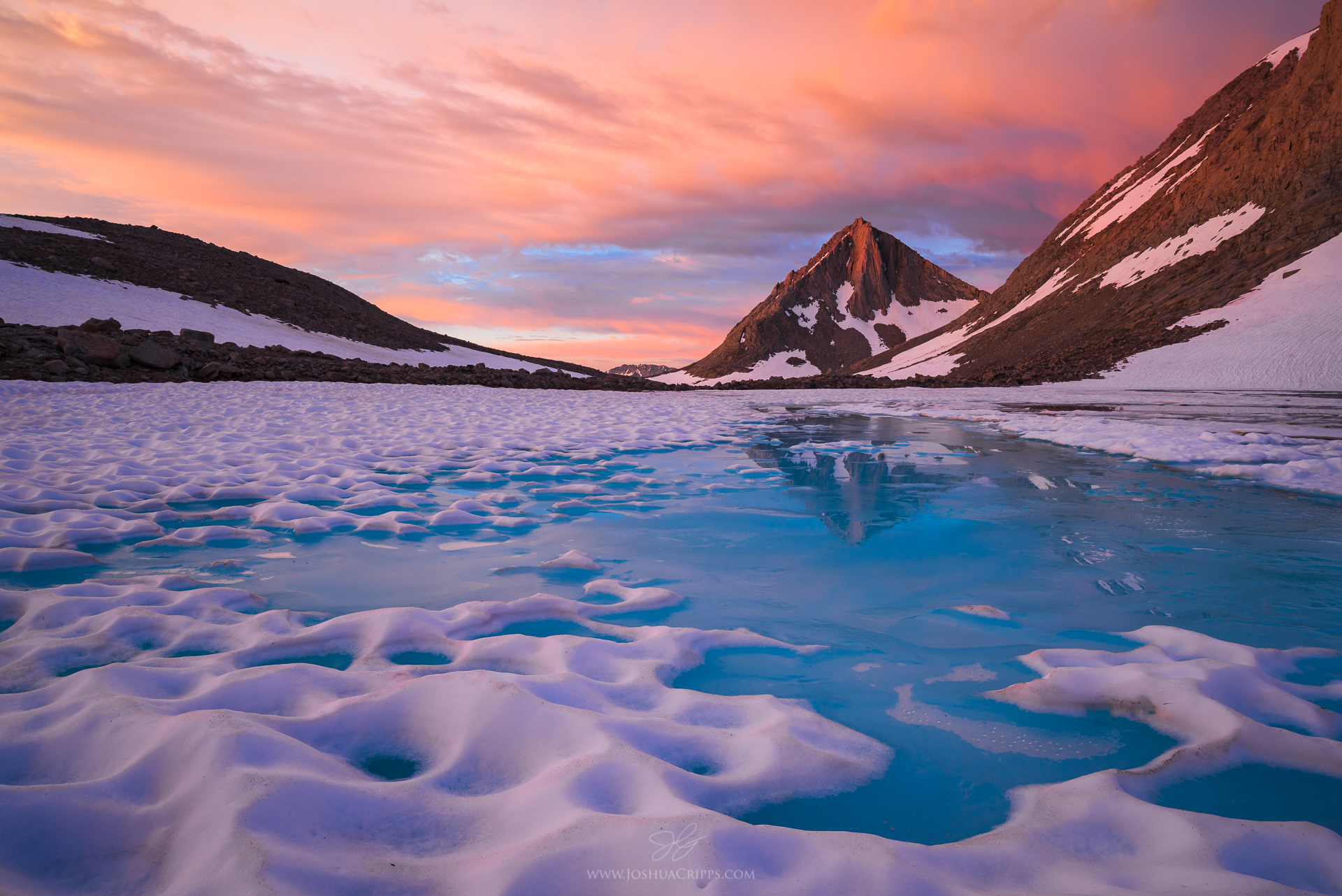
[av_heading heading=’Merriam Morning’ tag=’h3′ link_apply=” link=’manually,http://’ link_target=” style=’blockquote classic-quote’ size=” subheading_active=” subheading_size=’15’ margin=” margin_sync=’true’ padding=’10’ color=” custom_font=” av-medium-font-size-title=” av-small-font-size-title=” av-mini-font-size-title=” av-medium-font-size=” av-small-font-size=” av-mini-font-size=” av_uid=’av-jot5j1so’ admin_preview_bg=”][/av_heading] [av_textblock size=” font_color=” color=” av-medium-font-size=” av-small-font-size=” av-mini-font-size=” av_uid=’av-jot4dg05′ admin_preview_bg=”] [/av_textblock] [av_two_third first min_height=” vertical_alignment=” space=” custom_margin=” margin=’0px’ padding=’0px’ border=” border_color=” radius=’0px’ background_color=” src=” background_position=’top left’ background_repeat=’no-repeat’ animation=” mobile_display=”] [av_heading heading=’Behind […]
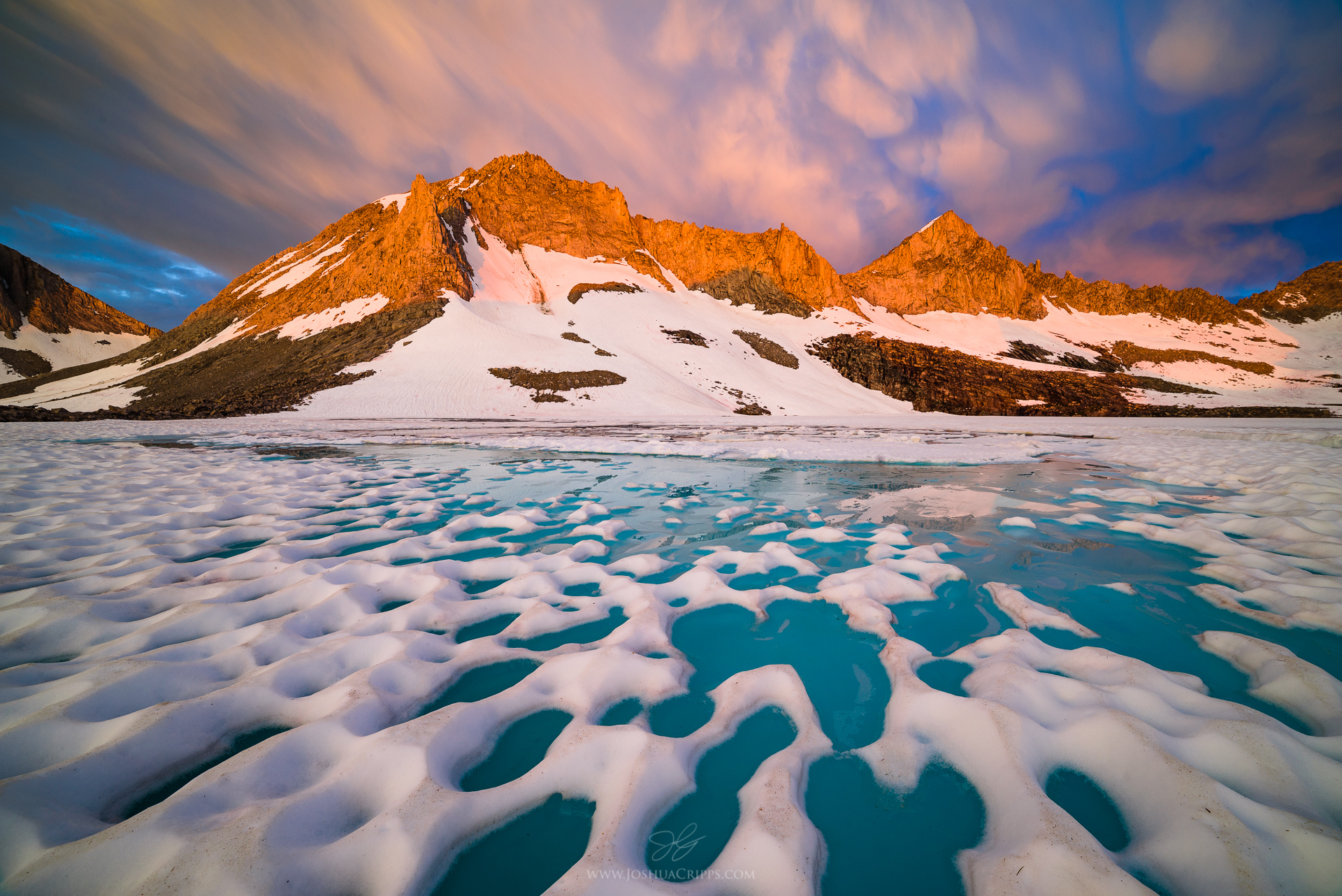
Read The Story Buy A Print The Story Behind This Photograph: Taken at Royce Lake in the John Muir Wilderness, California on July 16, 2017 Buy A Print Of This Photo Comments On This Photo
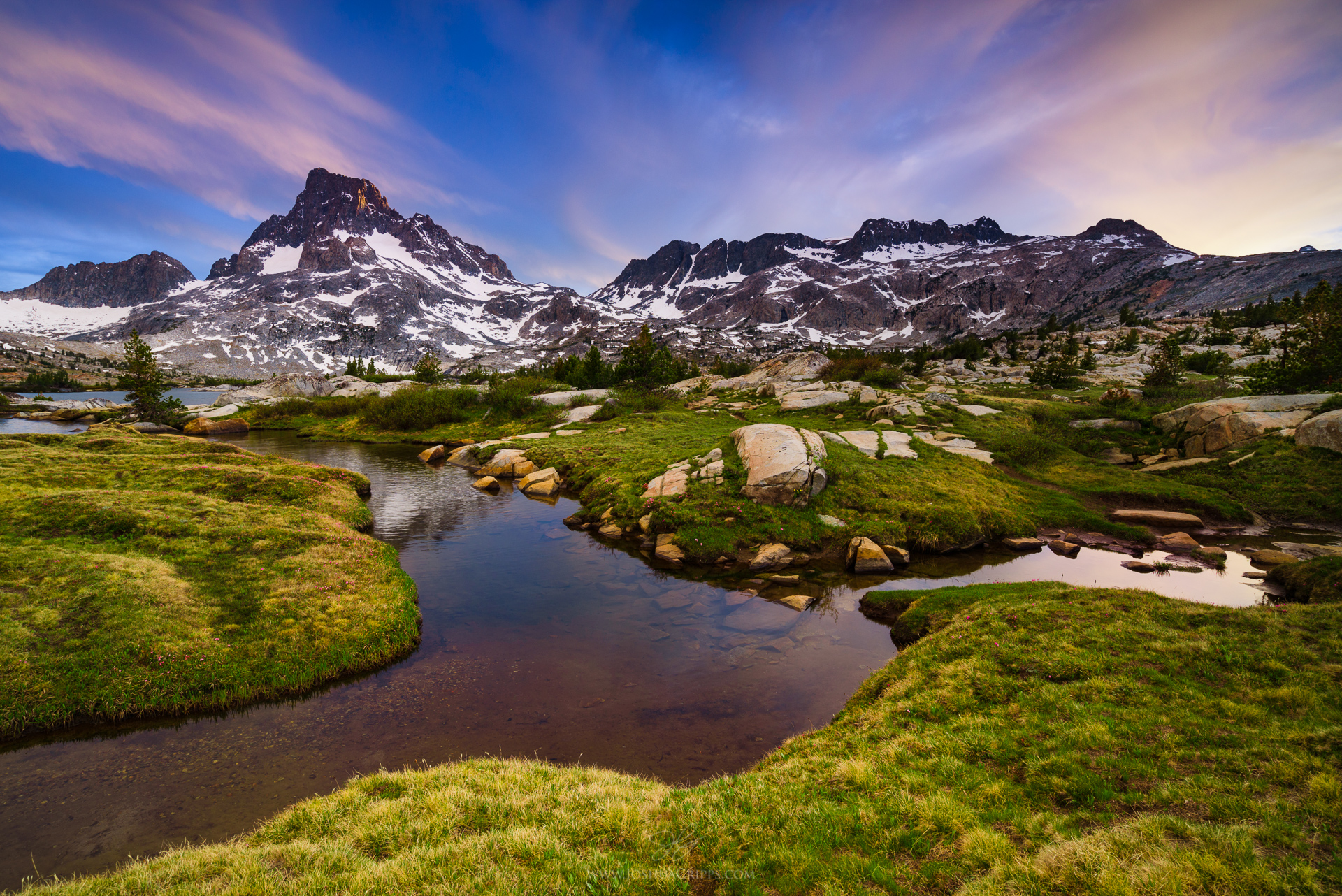
Read The Story Buy A Print The Story Behind This Photograph: Taken at Thousand Island Lake in the Ansel Adams Wilderness, California, on June 14th, 2014 while on assignment for the Nikon D750 Camera. Buy A Print Of This Photo Comments On This Photo
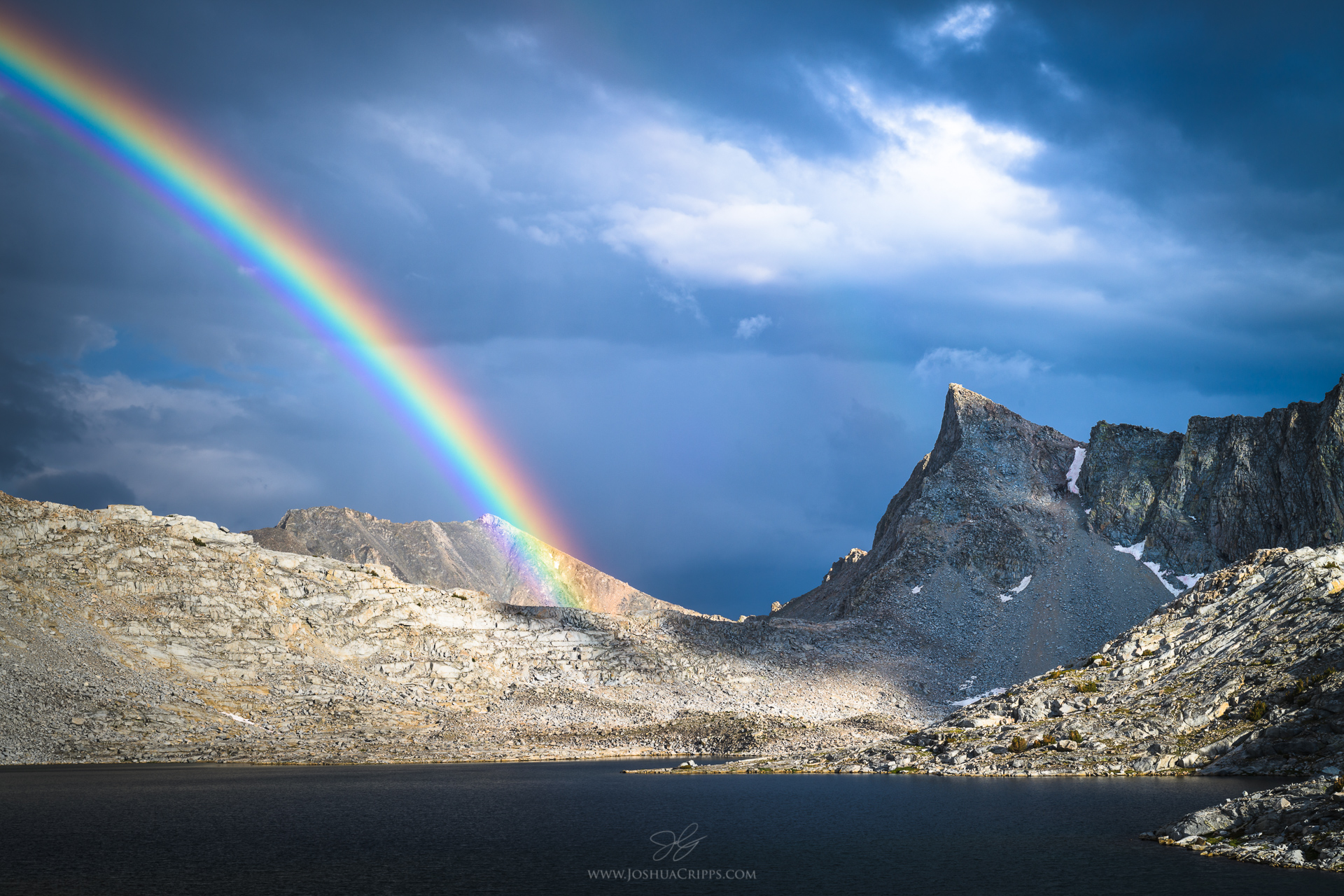
Read The Story Buy A Print The Story Behind This Photograph: Taken in Gardiner Basin in Kings Canyon National Park, California, on July 19th, 2018 Buy A Print Of This Photo Comments On This Photo
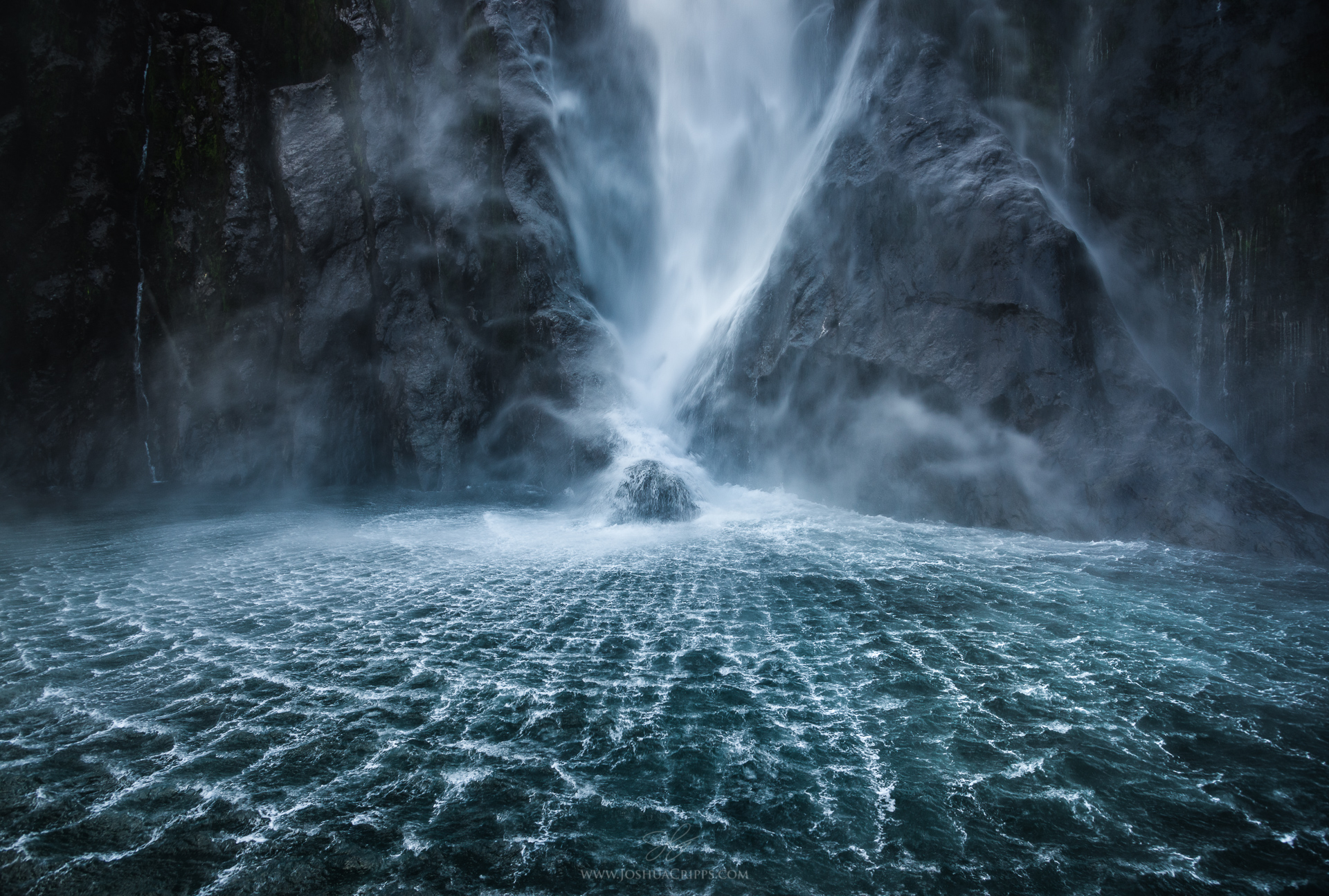
Read The Story Buy A Print The Story Behind This Photograph: Taken at Stirling Falls in Milford Sound, New Zealand on May 4th, 2018. Stirling Falls in Milford Sound is surely one of the world’s most unique waterfalls. First of all, it’s tall, stretching nearly 500 feet in a pure, elegant drop from its precipice […]
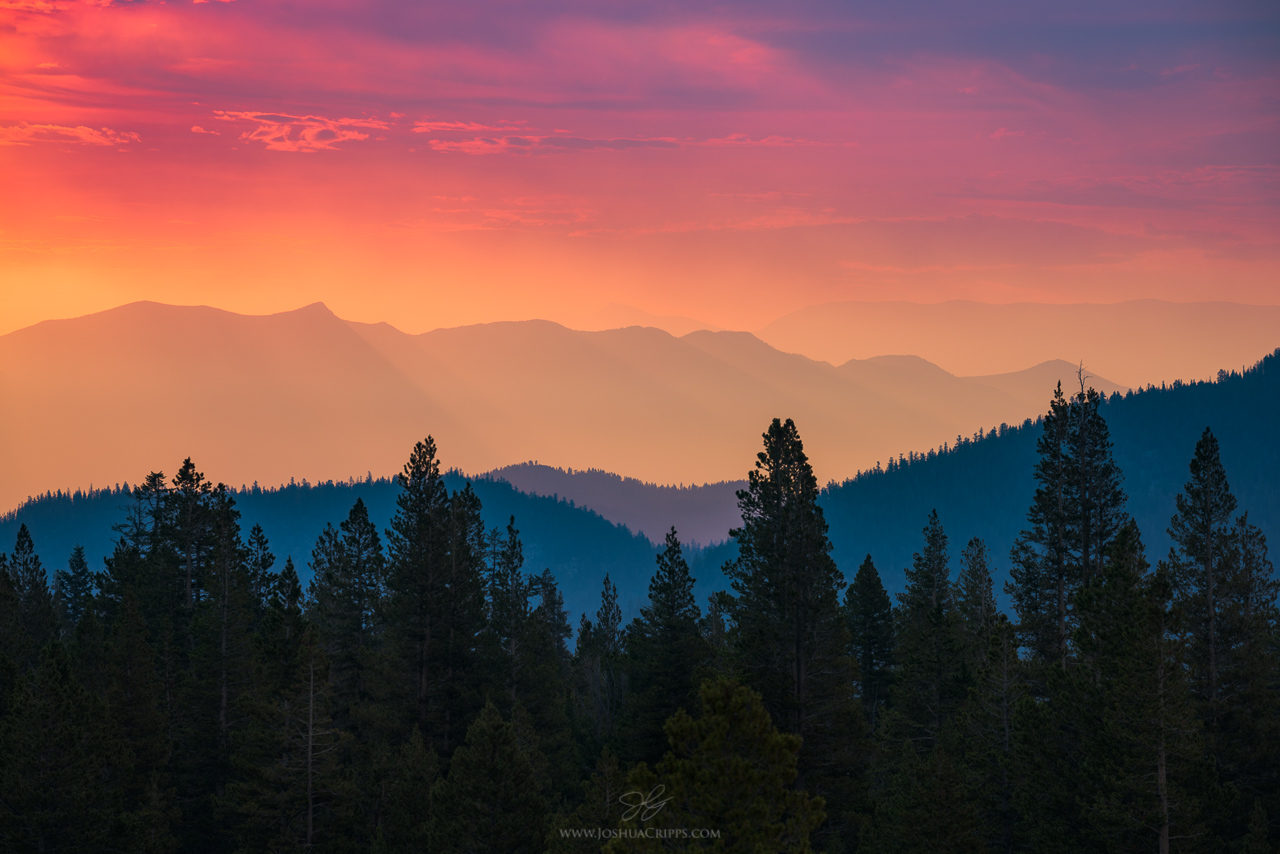
[av_heading tag=’h3′ padding=’10’ heading=’Smoky Spectrum’ color=” style=’blockquote classic-quote’ custom_font=” size=” subheading_active=” subheading_size=’15’ custom_class=” admin_preview_bg=” av-desktop-hide=” av-medium-hide=” av-small-hide=” av-mini-hide=” av-medium-font-size-title=” av-small-font-size-title=” av-mini-font-size-title=” av-medium-font-size=” av-small-font-size=” av-mini-font-size=” margin=”][/av_heading] [av_textblock size=” font_color=” color=” av-medium-font-size=” av-small-font-size=” av-mini-font-size=” av_uid=’av-3blzp0w’ admin_preview_bg=”] [/av_textblock] [av_two_third first min_height=” vertical_alignment=” space=” custom_margin=” margin=’0px’ padding=’0px’ border=” border_color=” radius=’0px’ background_color=” src=” background_position=’top left’ background_repeat=’no-repeat’ animation=” mobile_display=” av_uid=’av-aww7kg’] [av_heading […]
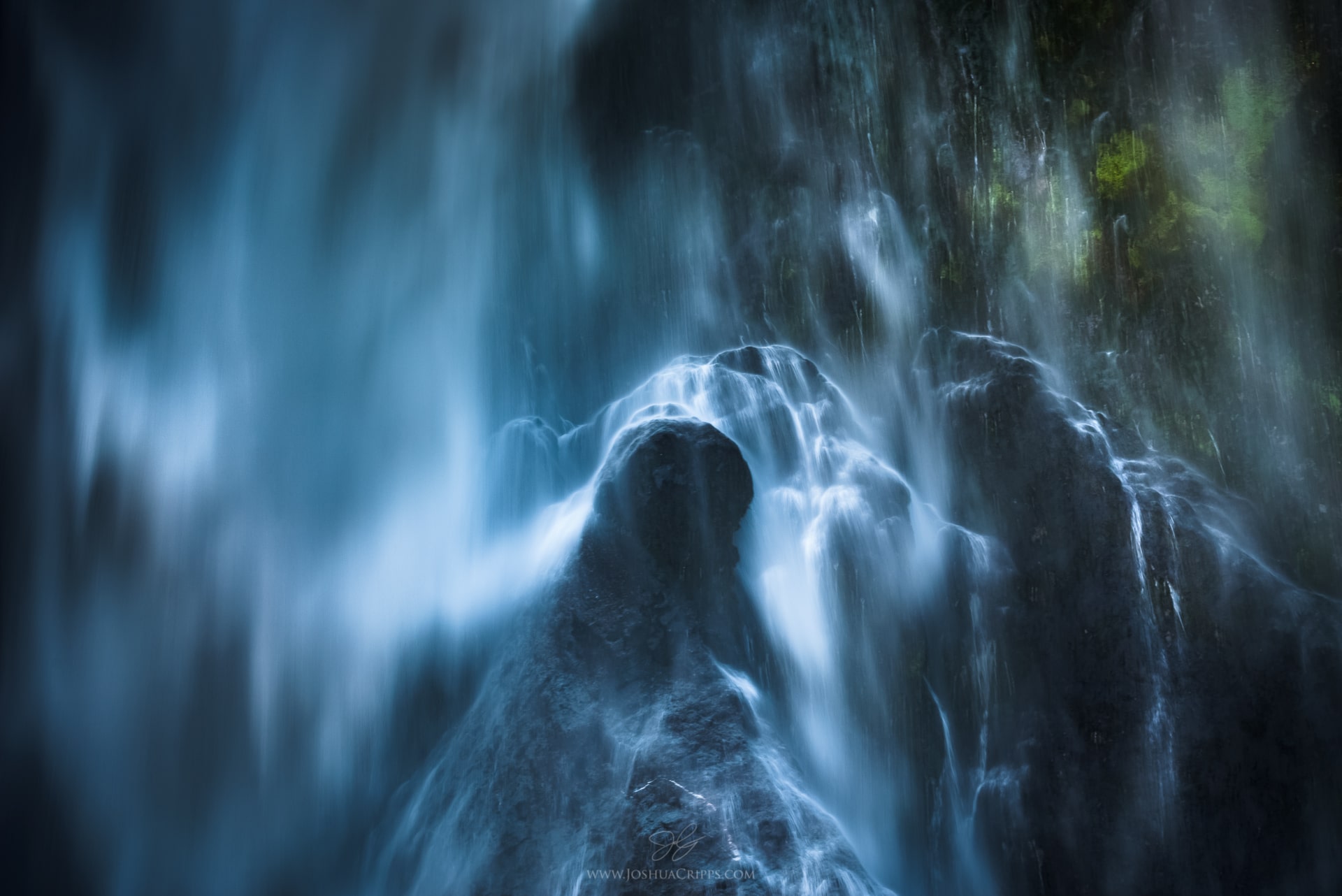
[av_heading heading=’Phantasm’ tag=’h3′ style=’blockquote classic-quote’ size=” subheading_active=” subheading_size=’15’ padding=’10’ color=” custom_font=” av-medium-font-size-title=” av-small-font-size-title=” av-mini-font-size-title=” av-medium-font-size=” av-small-font-size=” av-mini-font-size=” admin_preview_bg=”][/av_heading] [av_textblock size=” font_color=” color=” av-medium-font-size=” av-small-font-size=” av-mini-font-size=” admin_preview_bg=”] [/av_textblock] [av_two_third first min_height=” vertical_alignment=” space=” custom_margin=” margin=’0px’ padding=’0px’ border=” border_color=” radius=’0px’ background_color=” src=” background_position=’top left’ background_repeat=’no-repeat’ animation=” mobile_display=”] [av_heading tag=’h3′ padding=’10’ heading=’Behind the Scenes of this Photo’ color=” […]
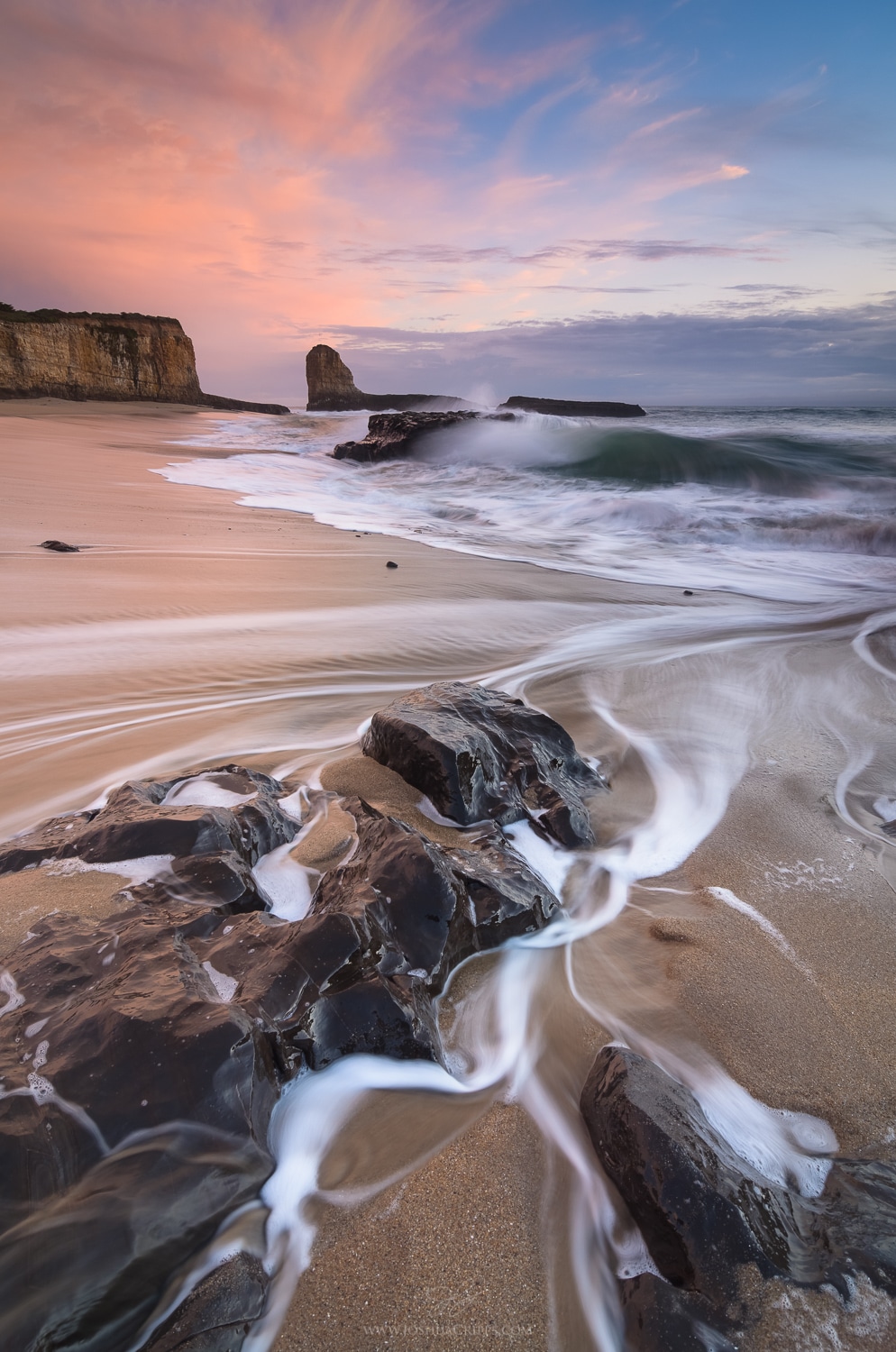
[av_heading heading=’Where Does the Time Go?’ tag=’h3′ style=’blockquote classic-quote’ size=” subheading_active=” subheading_size=’15’ padding=’10’ color=” custom_font=” av-medium-font-size-title=” av-small-font-size-title=” av-mini-font-size-title=” av-medium-font-size=” av-small-font-size=” av-mini-font-size=” admin_preview_bg=”][/av_heading] [av_textblock size=” font_color=” color=” av-medium-font-size=” av-small-font-size=” av-mini-font-size=” admin_preview_bg=”] [/av_textblock] [av_two_third first min_height=” vertical_alignment=” space=” custom_margin=” margin=’0px’ padding=’0px’ border=” border_color=” radius=’0px’ background_color=” src=” background_position=’top left’ background_repeat=’no-repeat’ animation=” mobile_display=”] [av_heading tag=’h3′ padding=’10’ heading=’Behind the Scenes […]
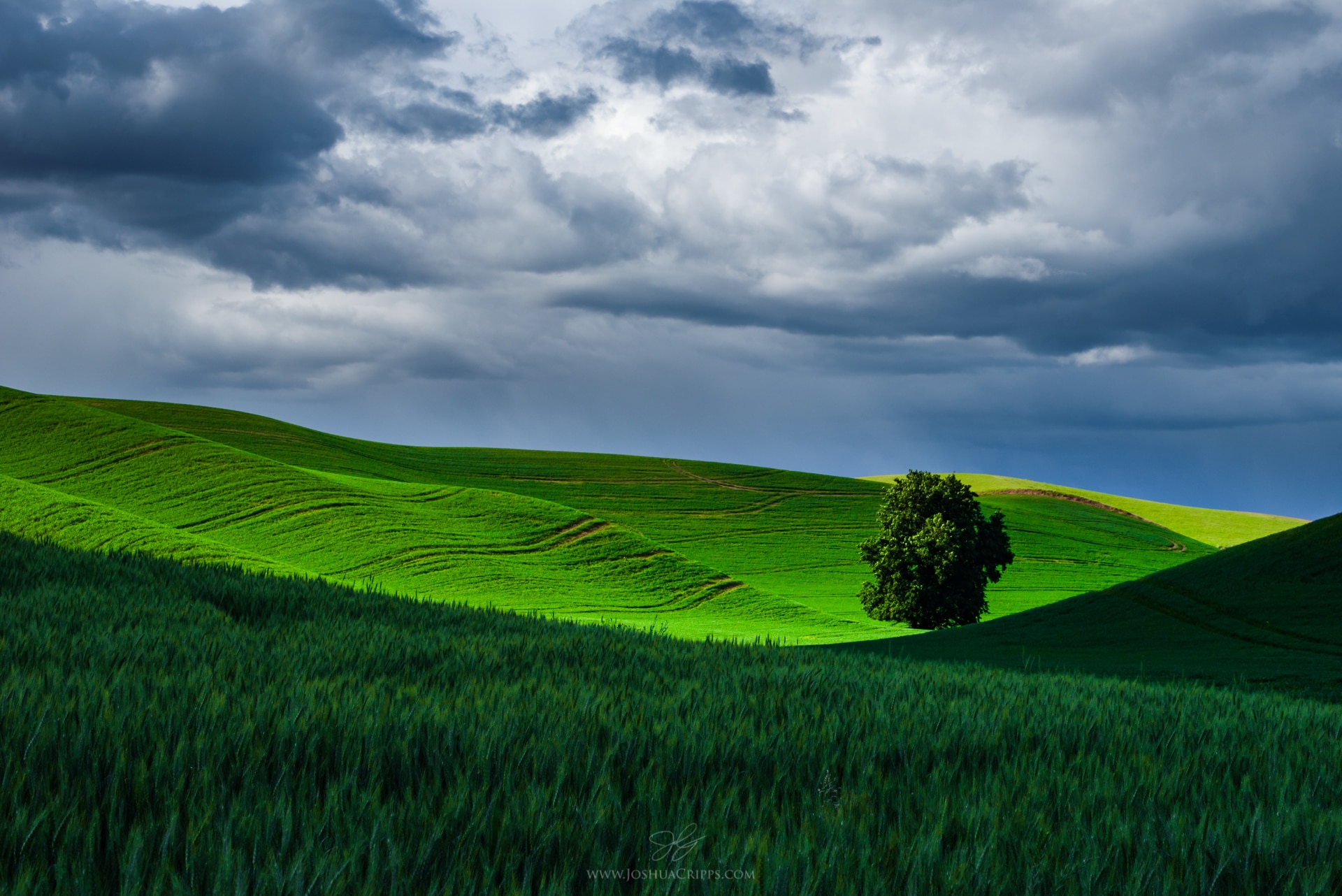
[av_heading tag=’h3′ padding=’10’ heading=’Light Sandwich’ color=” style=’blockquote classic-quote’ custom_font=” size=” subheading_active=” subheading_size=’15’ custom_class=” admin_preview_bg=” av-desktop-hide=” av-medium-hide=” av-small-hide=” av-mini-hide=” av-medium-font-size-title=” av-small-font-size-title=” av-mini-font-size-title=” av-medium-font-size=” av-small-font-size=” av-mini-font-size=”][/av_heading] [av_textblock size=” font_color=” color=” av-medium-font-size=” av-small-font-size=” av-mini-font-size=” admin_preview_bg=”] [/av_textblock] [av_two_third first min_height=” vertical_alignment=” space=” custom_margin=” margin=’0px’ padding=’0px’ border=” border_color=” radius=’0px’ background_color=” src=” background_position=’top left’ background_repeat=’no-repeat’ animation=” mobile_display=”] [av_heading tag=’h3′ padding=’10’ heading=’Behind […]
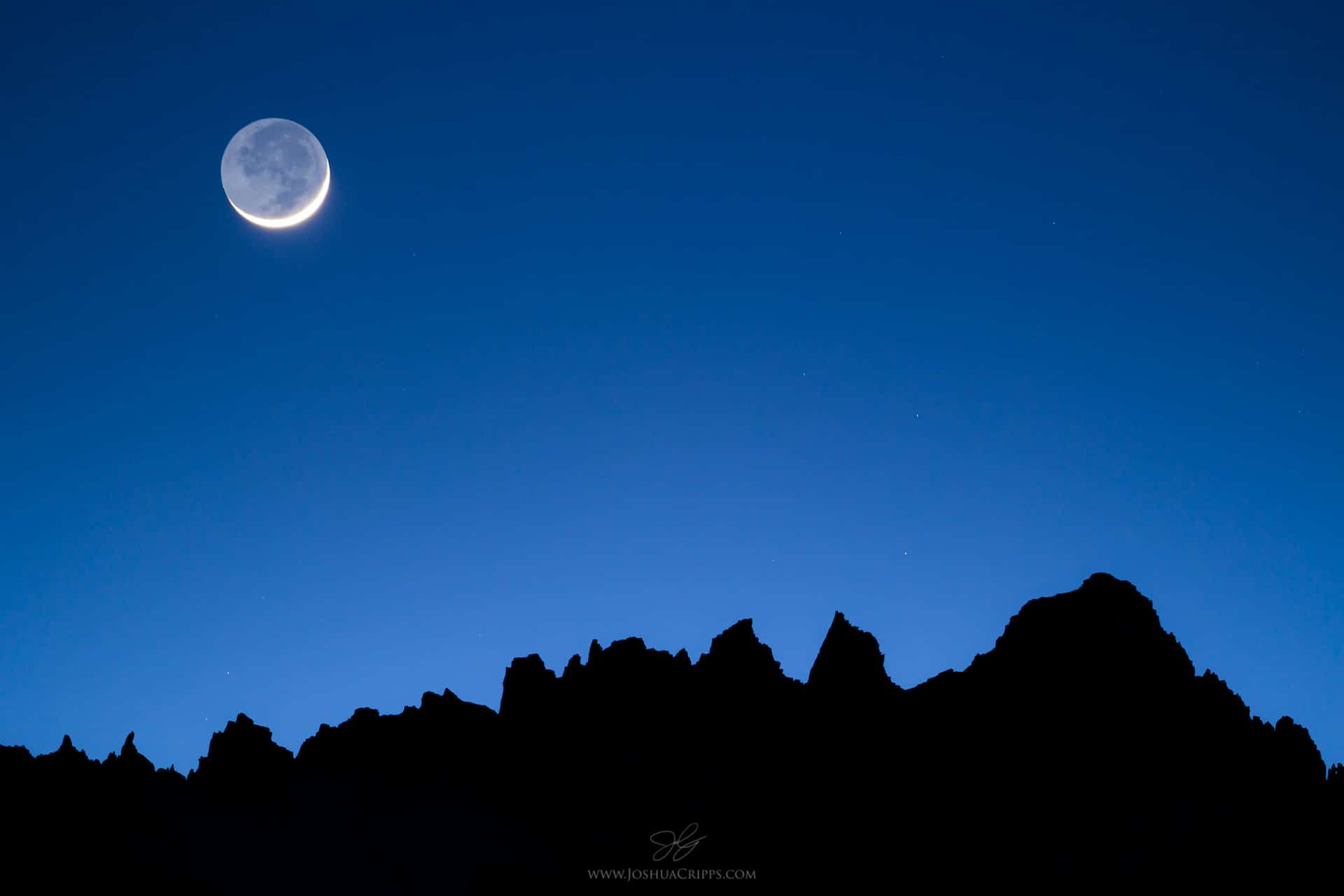
[av_heading heading=’Barely There’ tag=’h3′ style=’blockquote classic-quote’ size=” subheading_active=” subheading_size=’15’ padding=’10’ color=” custom_font=” av-medium-font-size-title=” av-small-font-size-title=” av-mini-font-size-title=” av-medium-font-size=” av-small-font-size=” av-mini-font-size=” admin_preview_bg=”][/av_heading] [av_textblock size=” font_color=” color=” av-medium-font-size=” av-small-font-size=” av-mini-font-size=” admin_preview_bg=”] [/av_textblock] [av_two_third first min_height=” vertical_alignment=” space=” custom_margin=” margin=’0px’ padding=’0px’ border=” border_color=” radius=’0px’ background_color=” src=” background_position=’top left’ background_repeat=’no-repeat’ animation=” mobile_display=”] [av_heading tag=’h3′ padding=’10’ heading=’Behind the Scenes of this Photo’ […]